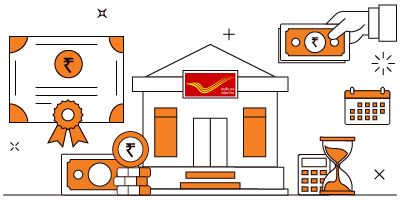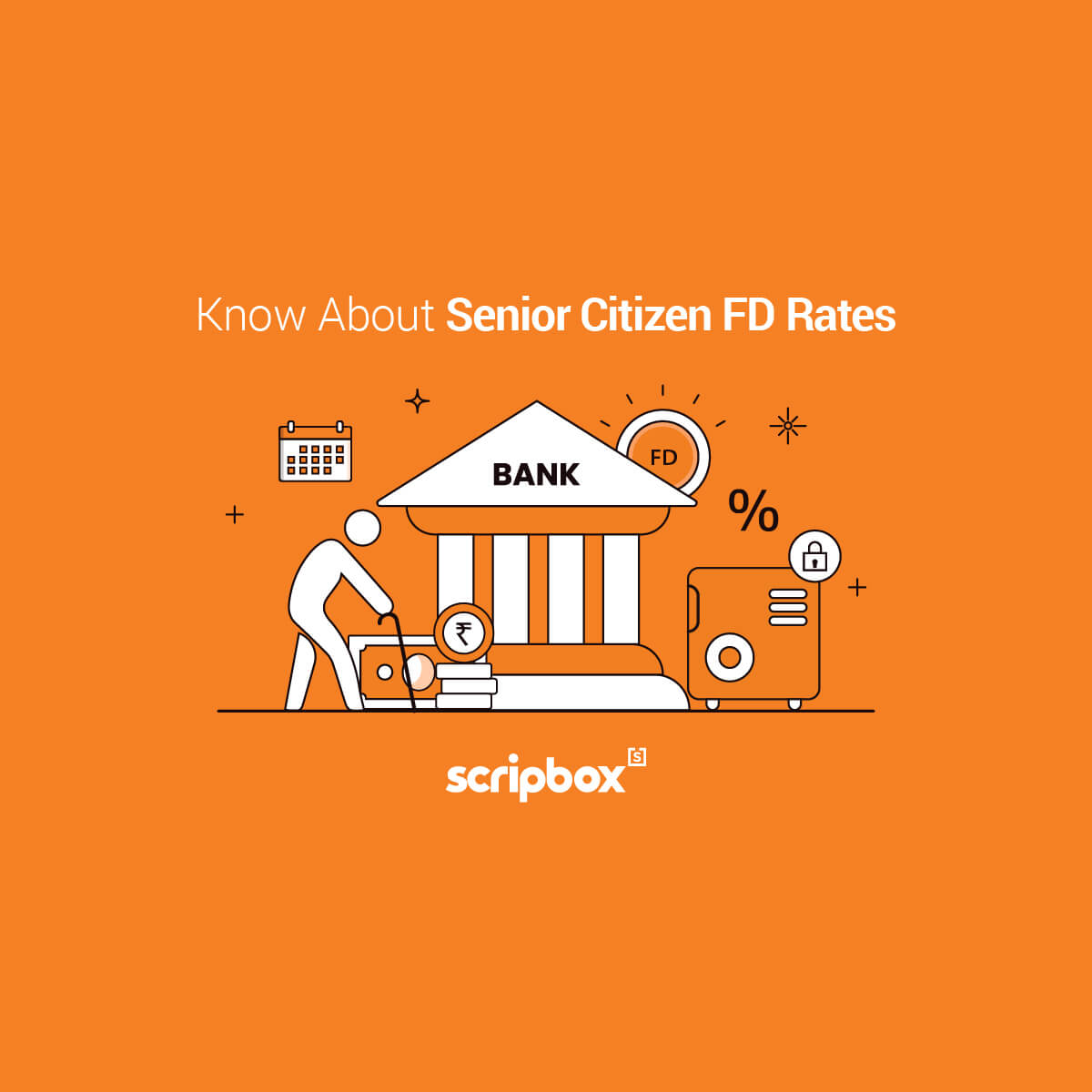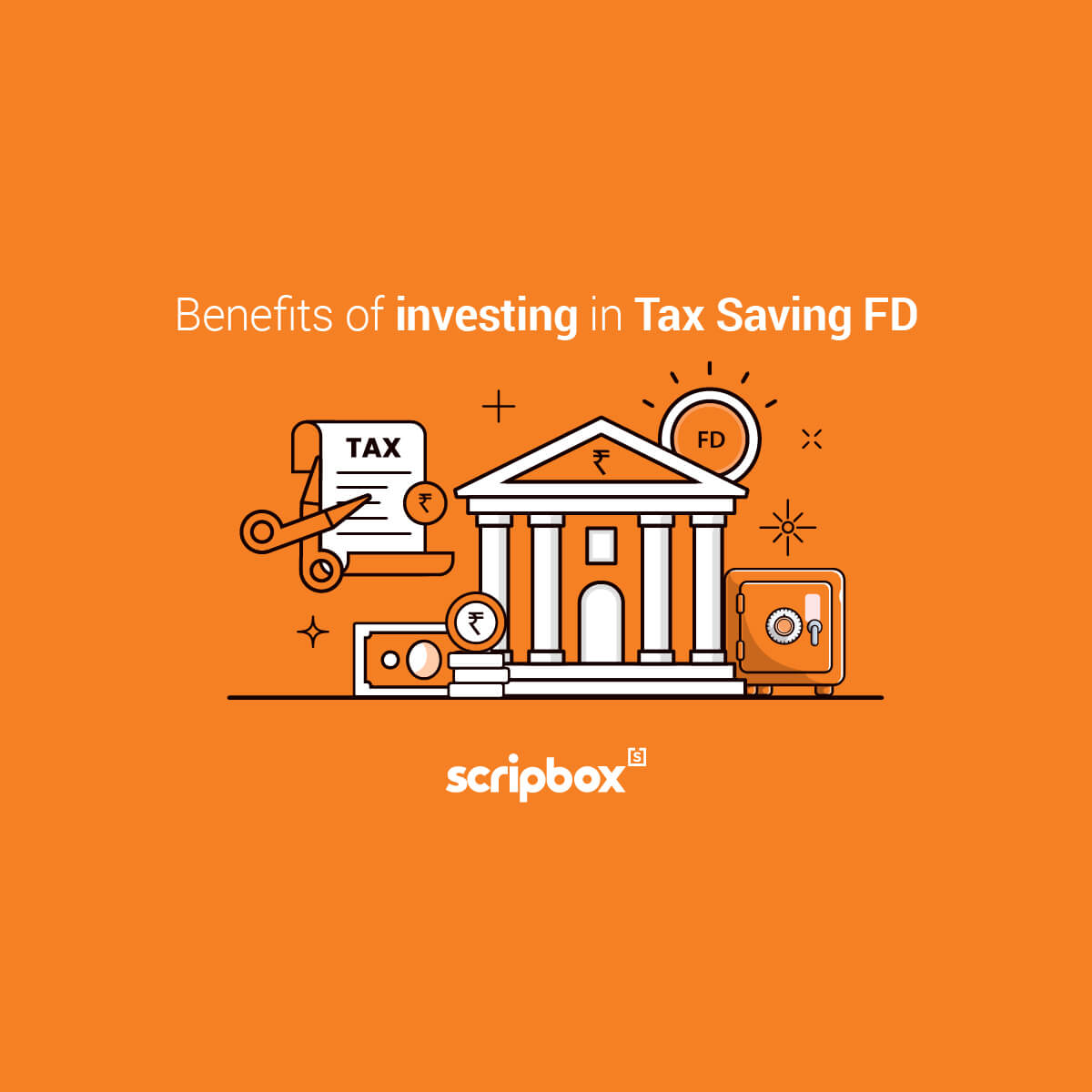Investment in fixed income instruments provides much-needed stability to your investment portfolio. Amongst the various investment options available, Kisan Vikas Patra (KVP) is an old and popular option amongst investors. It is a fully secure investment as it is backed by the Central Government As the name suggests, the Government uses the funds collected through this scheme for farmers’ welfare and development, representing a key pillar in our country’s development. This article discusses the various features and benefits of Kisan Vikas Patra and how you can invest in this scheme.
What is KVP?
Kisan Vikas Patra is a scheme to mobilize small savings. It is regulated and administered by the Government of India through the Department of Posts. The rules and regulations of this scheme are covered by Central Government’s Notification dated December 12, 2019, and is available on the India Post website. KVP is an excellent savings avenue for families who want to conveniently invest in fixed-income avenues that do not carry any risk. You can invest in the scheme through post offices and a few bank branches.
You may also like to read about the KVP vs NSC
Types of Kisan Vikas Patra Certificates
Following persons can invest in the scheme in any of the different ways as listed below:
- Single Holder Type Account: This account can be opened only by an individual who is more than 18 years of age. He/ she can invest on behalf of a minor (age below 18 years) or a person of unsound mind of whom he/she stands as a guardian.
- Joint A Type Account: In this type of account, the account is opened jointly in the names of up to three adults. The maturity amount is payable to payable to all the account holders jointly or to the survivors.
- Joint B Type Account: This type of account is the same as Joint Type-A. The only difference is that the maturity amount can be payable to any of the account holders or to the survivor or survivors.
Only resident Indian citizens can invest in KVP. The foreign citizens, Non-Resident Indians (NRI), HUF, business entities like Companies, Partnership Firms etc cannot invest in the scheme.
KVP Interest Rate 2025
The interest rate for Kisan Vikas Patra (KVP) scheme as of now is 7.50% p.a as of 20 June 2025. The Government of India regulates the scheme and revises the interest rate every quarter. Hence, in a way it is variable.
| From | To | Interest Rate |
| 01-01-2023 | 02-01-2024 | 7.50% p.a |
| 01-10-2022 | 31-12-2022 | 7.0% p.a |
| 01-04-2020 | 30-09-2022 | 6.90% p.a |
| 01-07-2019 | 31-03-2020 | 7.60% p.a |
| 01-10-2018 | 31-12-2018 | 7.70% p.a |
| 01-01-2018 | 30-09-2018 | 7.30% p.a |
| 01-07-2017 | 31-12-2017 | 7.50% p.a |
| 01-04-2017 | 30-06-2017 | 7.60% p.a |
| 01-10-2016 | 31-03-2017 | 7.70% p.a |
| 01-04-2016 | 30-09-2016 | 7.80% p.a |
How to Calculate Premature Closure Value?
The calculation of premature closure value (for INR 1,000 certificate) will be as per the following table:
| The duration that the account was active | Premature closure value (INR) |
| 2.5 years < 3 years | 1173 |
| 3 years but < 3.5 years | 1211 |
| 3.5 years but < 4 years | 1251 |
| 4 years but < 4.5 years | 1291 |
| 4.5 years but < 5 years | 1333 |
| 5 years but < 5.5 years | 1377 |
| 5.5 years but < 6 years | 1421 |
| 6 years but < 6.5 years | 1467 |
| 6.5 years but < 7 years | 1515 |
| 7 years but < 7.5 years | 1564 |
| 7.5 years but < 8 years | 1615 |
| 8 years but < 8.5 years | 1667 |
| 8.5 years < 9 years | 1722 |
| Nine years but before Maturity of Certificate | 1778 |
| On maturity of Certificate | 2000 |
Note: The values given above are subject to change depending on the change in the interest rate for KVP. For the latest values, please refer to the Government notification.
The application for premature closure has to be made in Form-3.
What are the features of a Kisan Vikas Patra?
The following are the main features of the scheme:
Deposit:
There is no limit to the number of accounts an individual investor can open. The minimum deposit amount is INR 1,000, and further investment can be made in multiples of INR 100. There is no limit to the maximum amount of investment in any single account or all accounts taken together.
Tenure of Investment
There is no fixed tenure of KVP. It depends on the interest rate as declared by the Government from time to time. As per the present interest rate of 7.50% per annum for this scheme, the tenure of investment comes to 10 years and 3 months (i.e., 123 months).
Maturity Payment:
As per the scheme’s provisions, the amount deposited in the account doubles at the time of maturity. So, if you invest INR 1 lakh in KVP, after 124 months from the date of your investment, you will receive INR 2 lacs. An individual can apply for maturity payment in Form-2.
Premature closure of the account
The account has a lock-in period of 2.5 years. Within this period, the account can be closed in only the following three situations as follows:
- on the death of the account holder (in case of a single account), or any or all the account holders (in case of a joint account),
- on forfeiture by a pledgee, being a Gazetted Officer, and
- when ordered by a court.
In the above case, the account holder will receive, along with the principal amount, interest as per the rate as applicable on the post office savings account for the period for which the account was active. You can opt for premature withdrawal of Kisan Vikas Patra Scheme or after completing 2.5 years.
Pledging of account
You can pledge the account by making an application in Form-4 supported by an acceptance letter by the pledgee. There are only a limited number of entities to whom you can pledge the account. The following is a list of such entities
- the President of India or the Governor of a State in his official capacity;
- the Reserve Bank of India or a Scheduled Bank or a Cooperative Society, including a Co-operative
- Bank;
- a public or private corporation or a Government company;
- a local authority; or
- a housing finance company approved by the National Housing Bank and notified by the Central Government:
Suppose you transfer the account that was opened on behalf of a minor or person of unsound mind. In that case, a letter is needed from the guardian of such a person. Through the letter, the guardian needs to certify a) person is alive and b) transfer is for the benefit of such a person.
Transfer of account
A good feature of this scheme is that you can transfer it to someone otherwise eligible to open this account. However, you can transfer only in the following cases:
- On the death of the account holder (in case of a single account) or all of the joint holders (in case of a joint account). In this case, the transfer can only be made to the legal heirs or nominees, as applicable.
- In the case of death of one of the account holders (in the case of joint holders), the account can be transferred to the surviving joint account holders.
- On orders of any Court, to transfer to the Court or any other person per the Court’s order.
- On pledging as security in situations as explained earlier in this article
Payment on death of the account holder
In case of death, the following situations may be possible, and payment is made as per the applicable situation as follows:
- Single account holder type: The account will be closed and paid out to the nominee or legal heir as applicable.
- Joint account holder type: The surviving nominees/legal heirs may decide to close the account and receive the money or decide to continue the account as the new account holders.
Tax on KVP
The interest income from this scheme is taxable as “Income from Other Sources” every year. You can choose to calculate and pay tax on the interest income every year on an accrual basis. Another option is to pay the tax on the consolidated interest income you receive at the end of the five years. There is no deduction available for investing in this scheme. Tax Deduction at Source (TDS) is not applicable on the maturity proceeds of this scheme.
You can use our income tax calculator to calculate the income taxes.
What are the benefits of investing in Kisan Vikas Patra Scheme?
KVP is a beneficial investment scheme for people with small savings and a need for guaranteed investment avenues. Its main benefits are as under:
- Zero Risk: This is the most essential advantage and why people invest in this scheme. It is fully backed by a Government guarantee. There is no risk of loss when you invest in this scheme.
- Fixed-Rate of Interest: The Government has the power to revise the interest rates of post office schemes every year. However, when you invest in KVP, you lock yourself into the prevailing interest rate for the entire tenure of the investment. This is very useful in the falling interest rate scenario that India is witnessing for a few years.
- Ease of investing: You can invest in this scheme by simply visiting your nearest post office. There are no complicated procedures and forms to fill. This makes it an advantageous option for less literate investors.
- Liquidity options: KVP has a comparatively low lock-in period of 2.5 years than other investment options like ELSS and ULIP, which have higher lock-in periods.
- No Tax Deduction at Source (TDS): There is no TDS on the maturity amount for Kisan Vikas Patra. However, you need to make sure to pay the tax on the accrued interest in your tax return every year.
- Pledging facility: This is a handy feature of KVP. Suppose you are in urgent need of funds. You do not need to liquidate this investment. You can instead apply for a loan to the bank and pledge your certificates as collateral.
How to Invest in Kisan Vikas Patra?
Investing in KVP is a straightforward process as follows:
- You can visit the post office or any eligible branch of a bank and fill Form 1. You will have to affix your photo and will also need to mention your PAN.
- As a KYC document, you will need to provide identification and address proof. The list of acceptable proofs as per the Notification is the following:
- Passport
- Driving license
- Voter’s ID card
- Job card issued by NREGA signed by the State Government officer
- Letter issued by the National Population Register containing details of name and address;
- In the form, you also get the facility to nominate any family member/relative to receive the money in your death.
- You can pay by cash or cheque. In case of cash, you get the KVP certificate immediately. However, in case of cheque payment, the Post Office will issue a temporary receipt. Once the Certificate is ready after the realization of the cheque, you can visit the post office and exchange the receipt for the Certificate.
Read also Types of Account in Bank
Who should invest in Kisan Vikas Patra?
Kisan Vikas Patra scheme is mainly designed for low and middle-income earning groups, primarily in the rural and semi-urban regions. The aim is to mobilize their savings in productive avenues and at the same time give them a guaranteed and safe return. You can consider this scheme given the risk-free nature of investment and a reasonable interest rate. Always be mindful that the interest rate in the scheme does not beat inflation. Hence, take care to have a proper asset allocation between fixed income and equity investments for long-term wealth creation.
You may also like to read about the Fixed Deposit Double Scheme
Explore Best Bank in India
Explore Fixed Deposit Pages
FD Interest Rates by Banks
- What is KVP?
- Types of Kisan Vikas Patra Certificates
- KVP Interest Rate 2025
- How to Calculate Premature Closure Value?
- What are the features of a Kisan Vikas Patra?
- What are the benefits of investing in Kisan Vikas Patra Scheme?
- How to Invest in Kisan Vikas Patra?
- Who should invest in Kisan Vikas Patra?
















Show comments